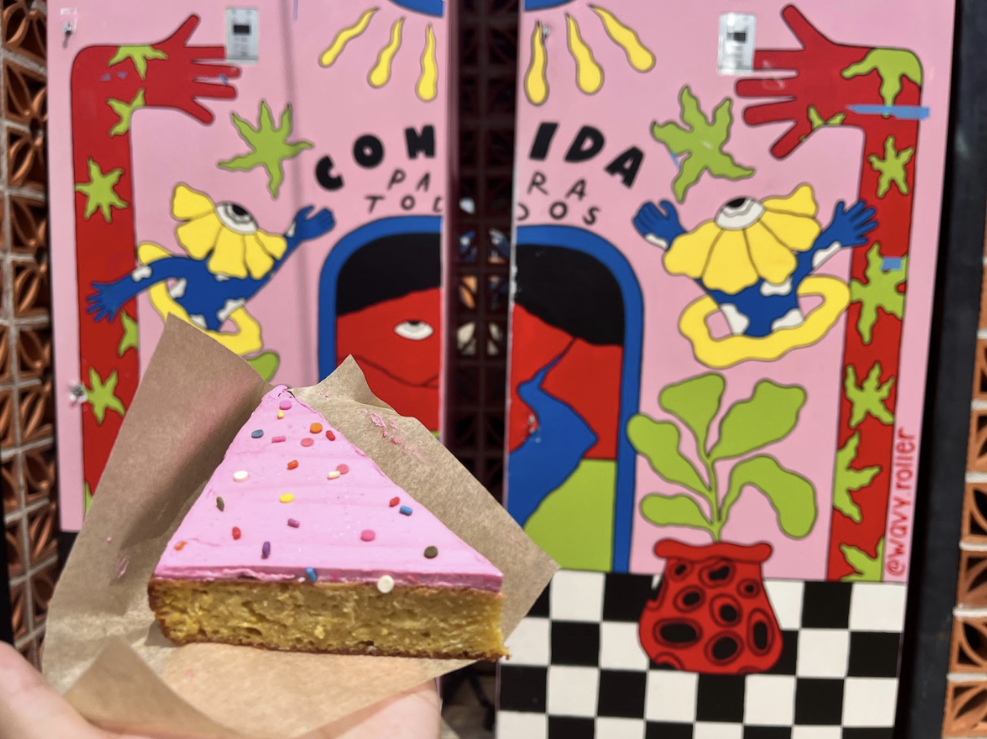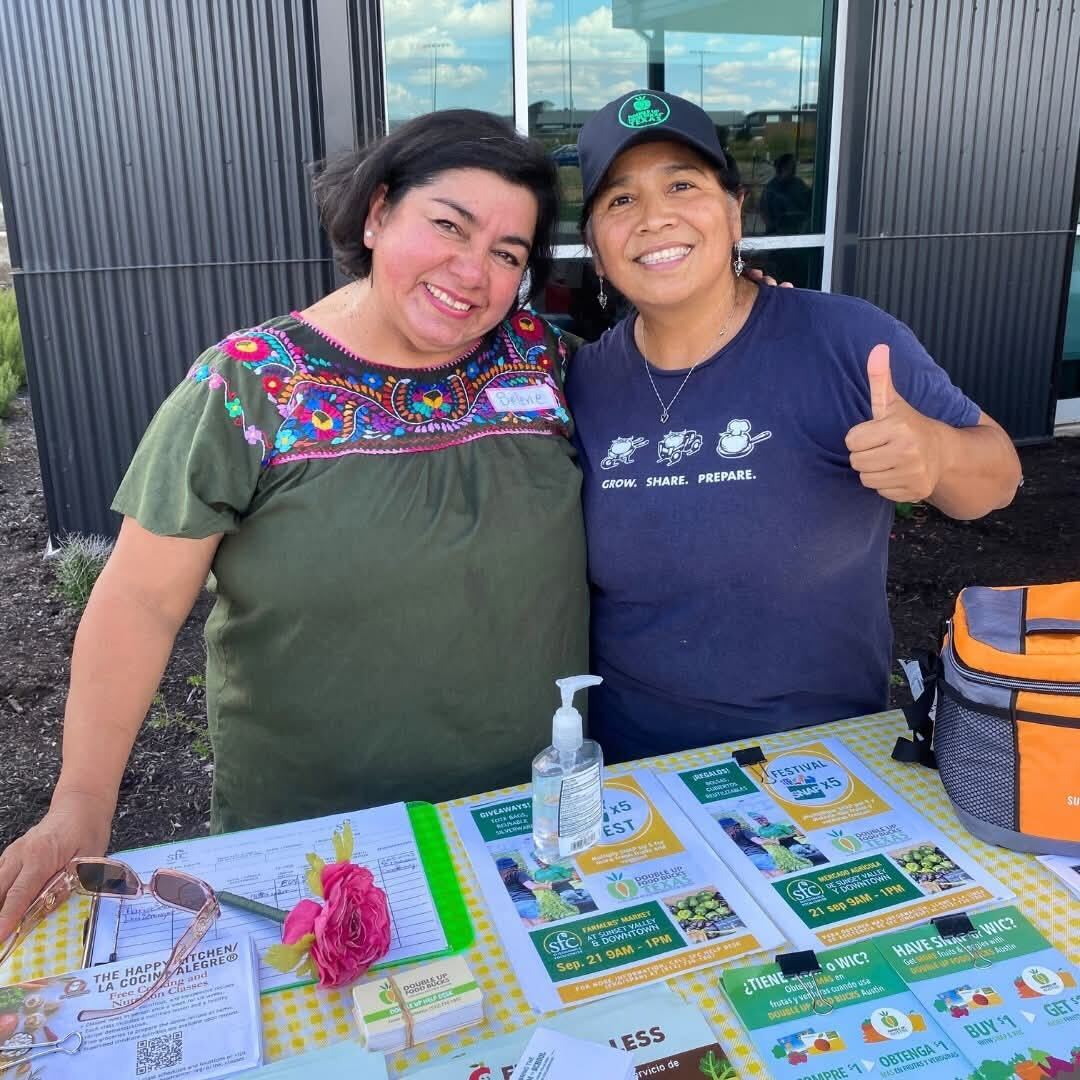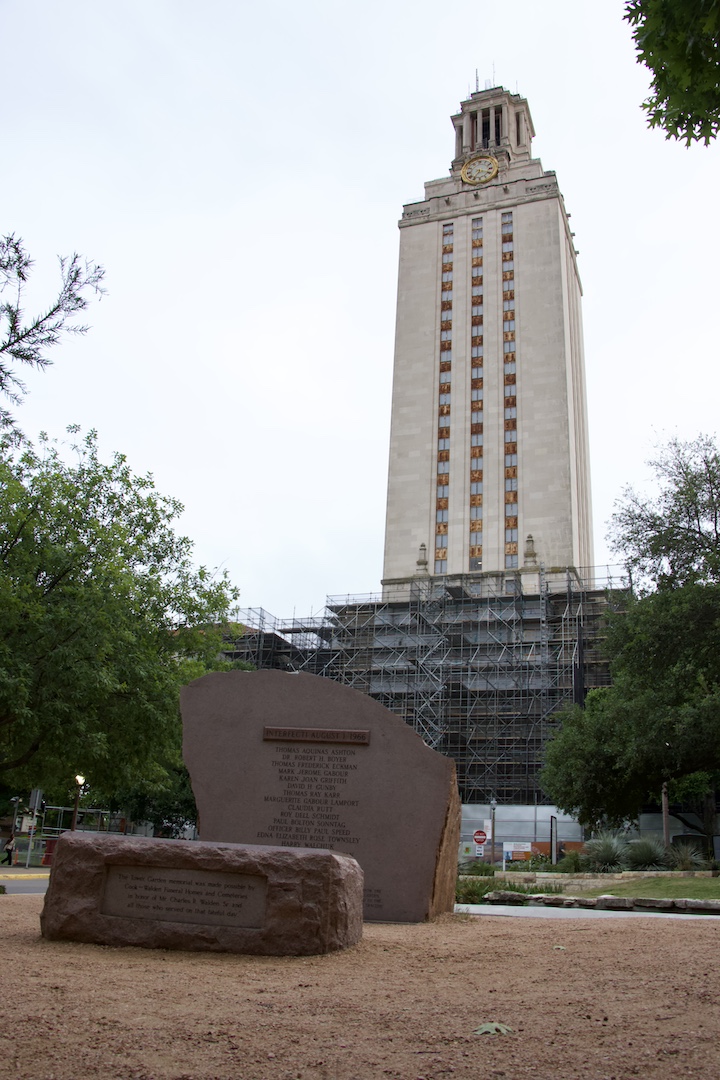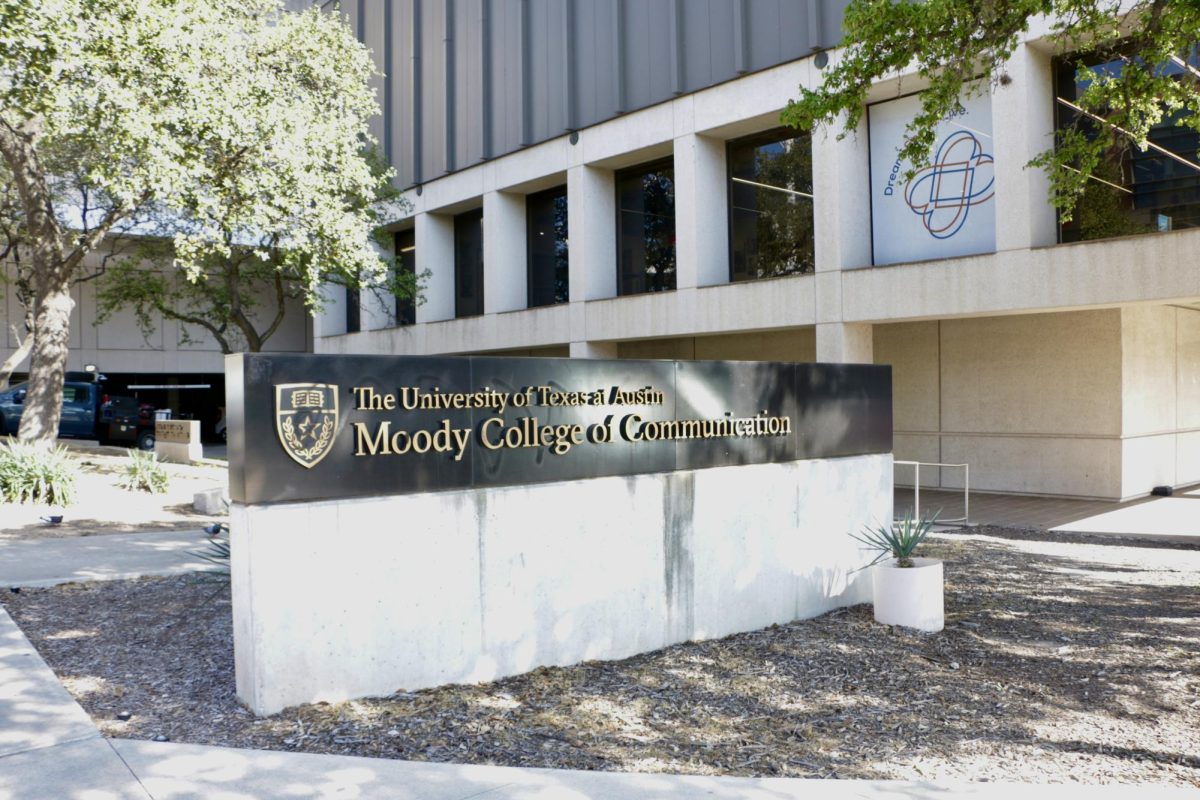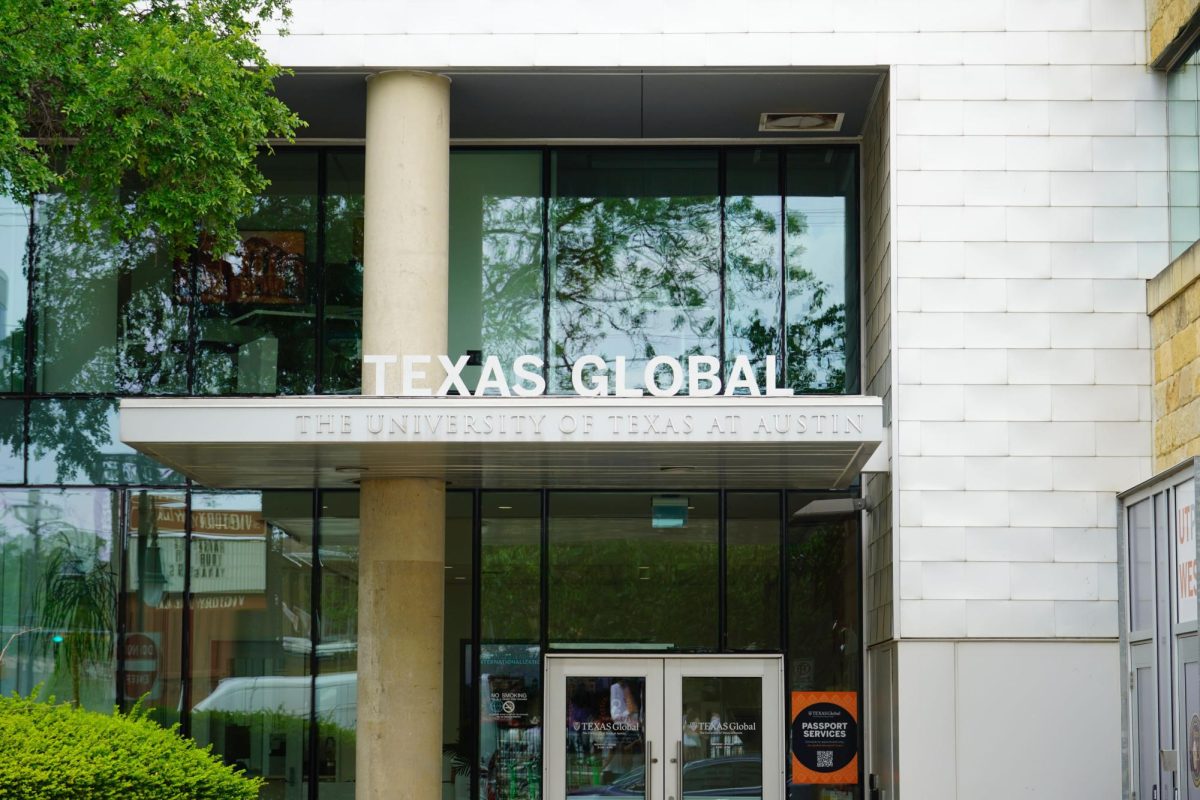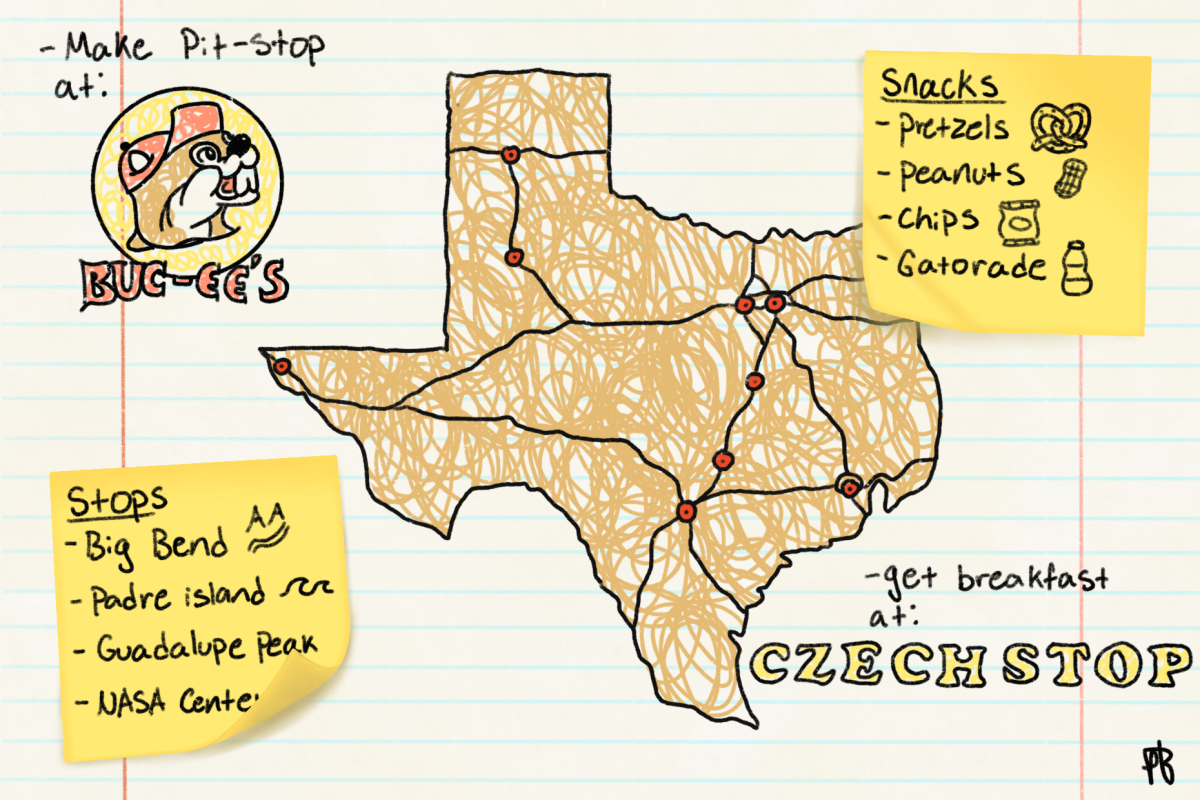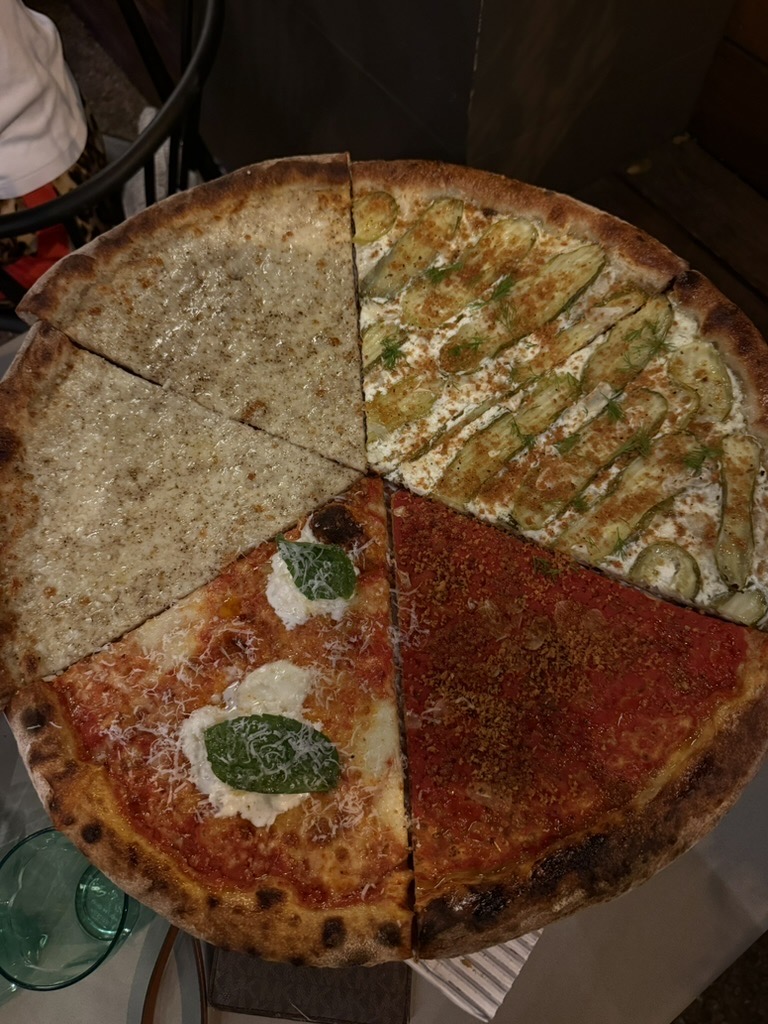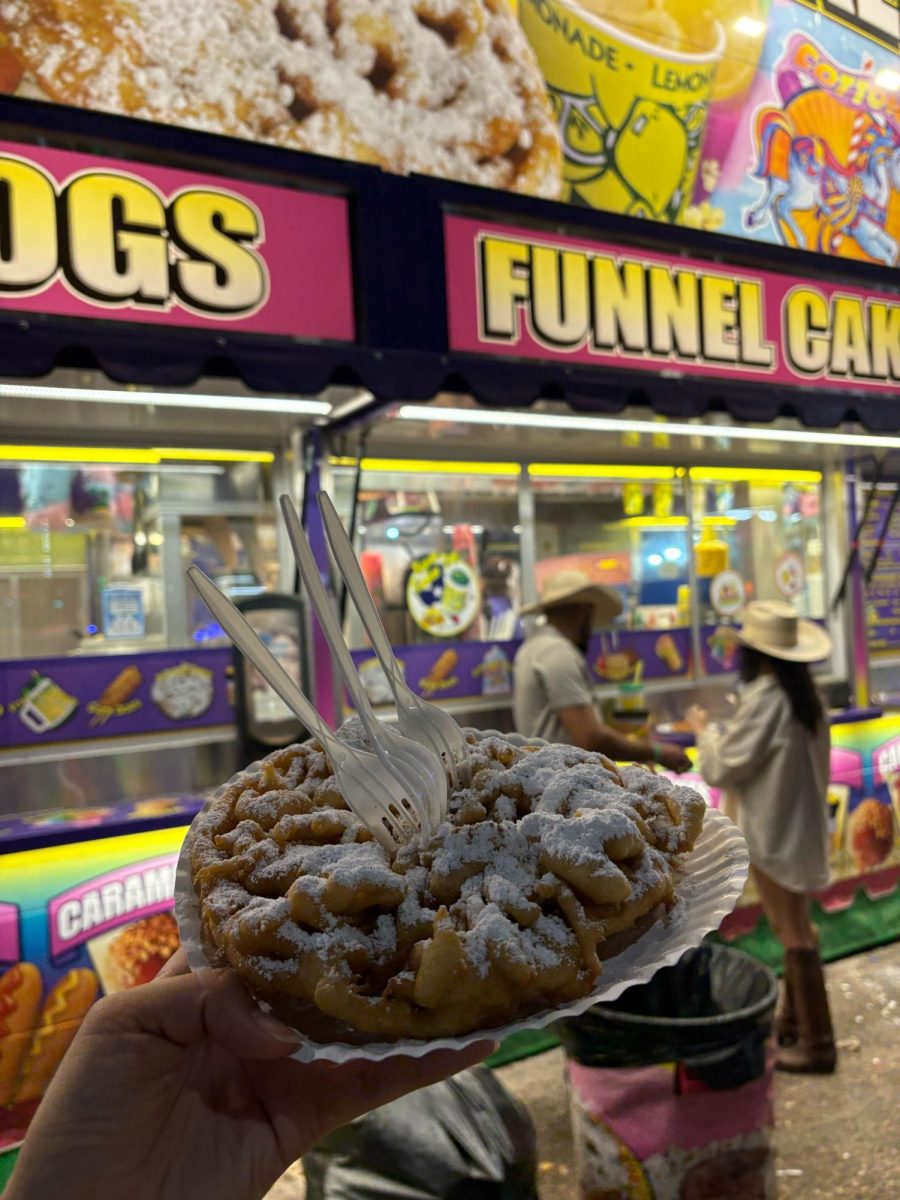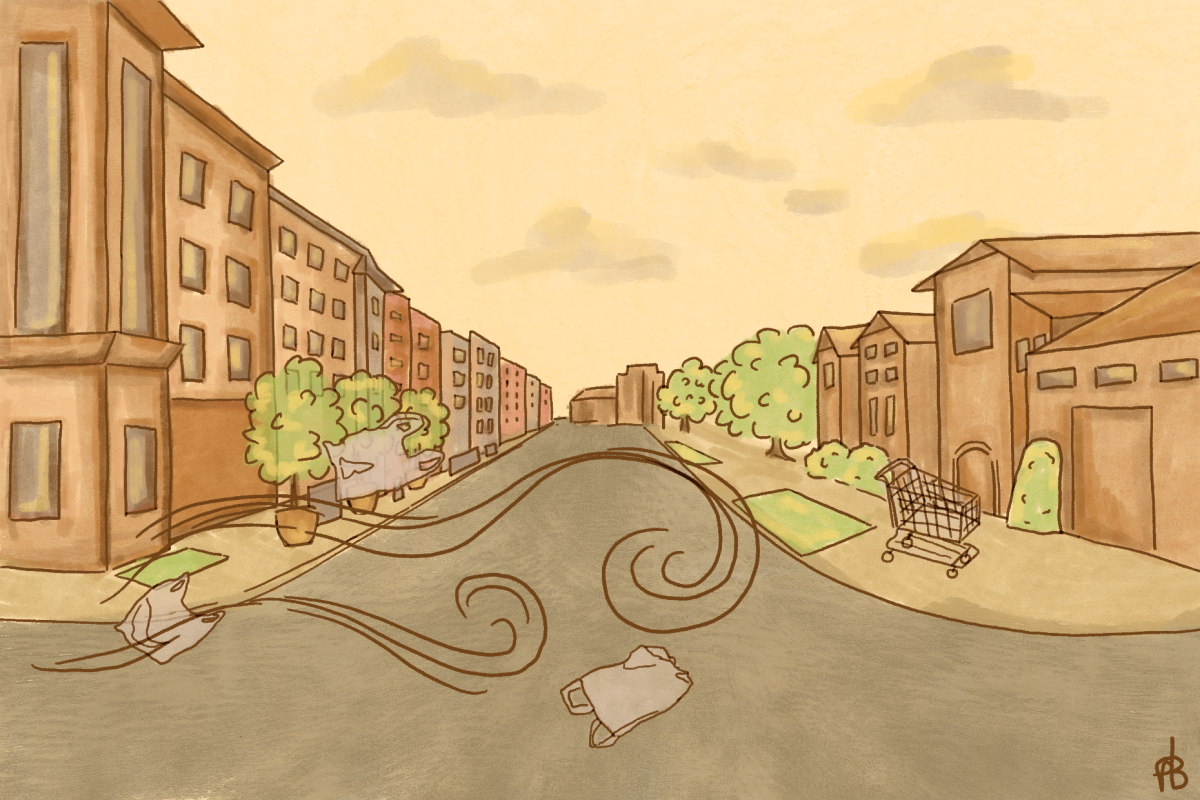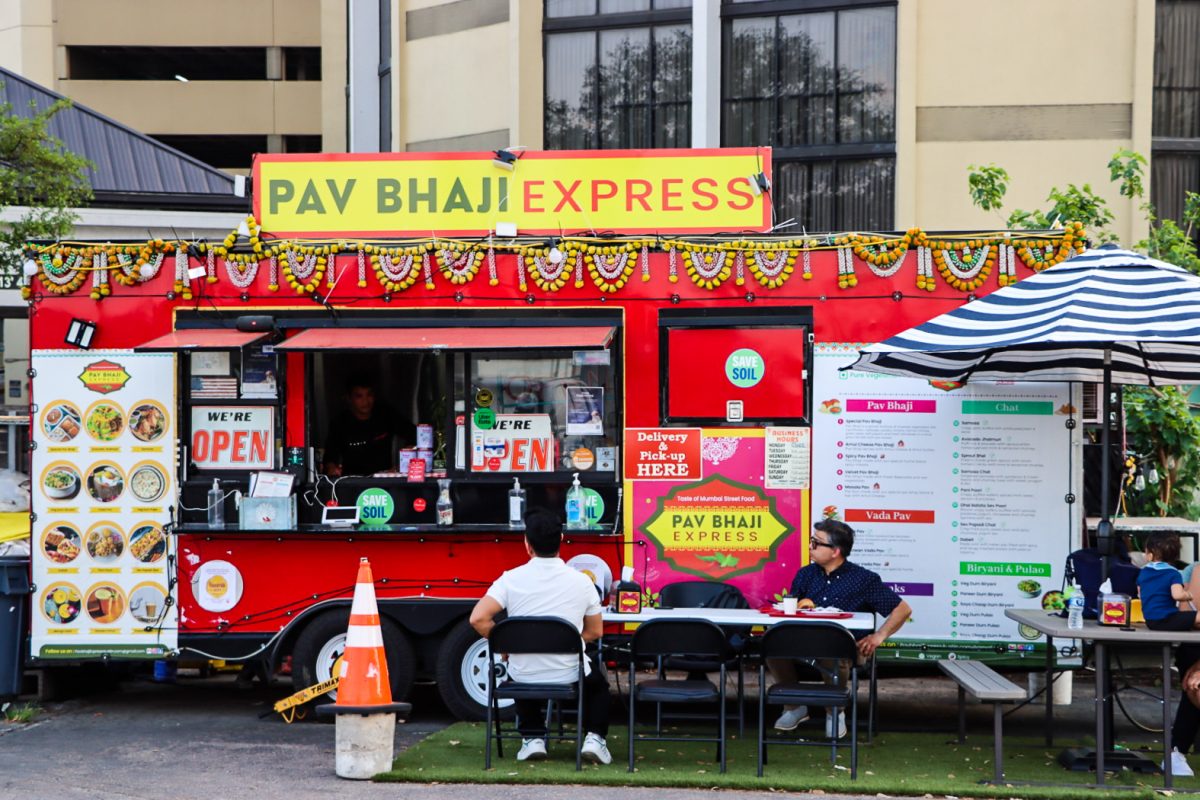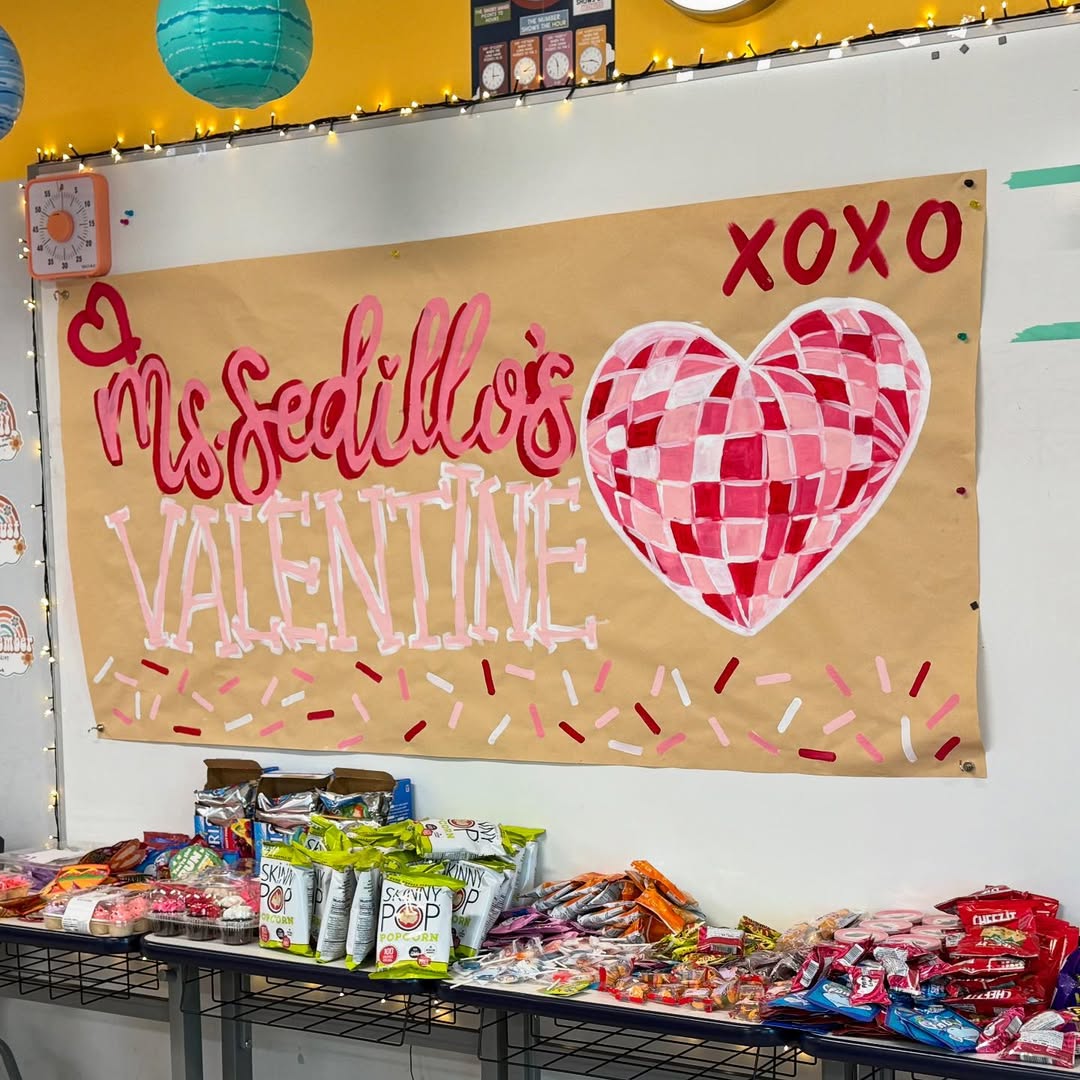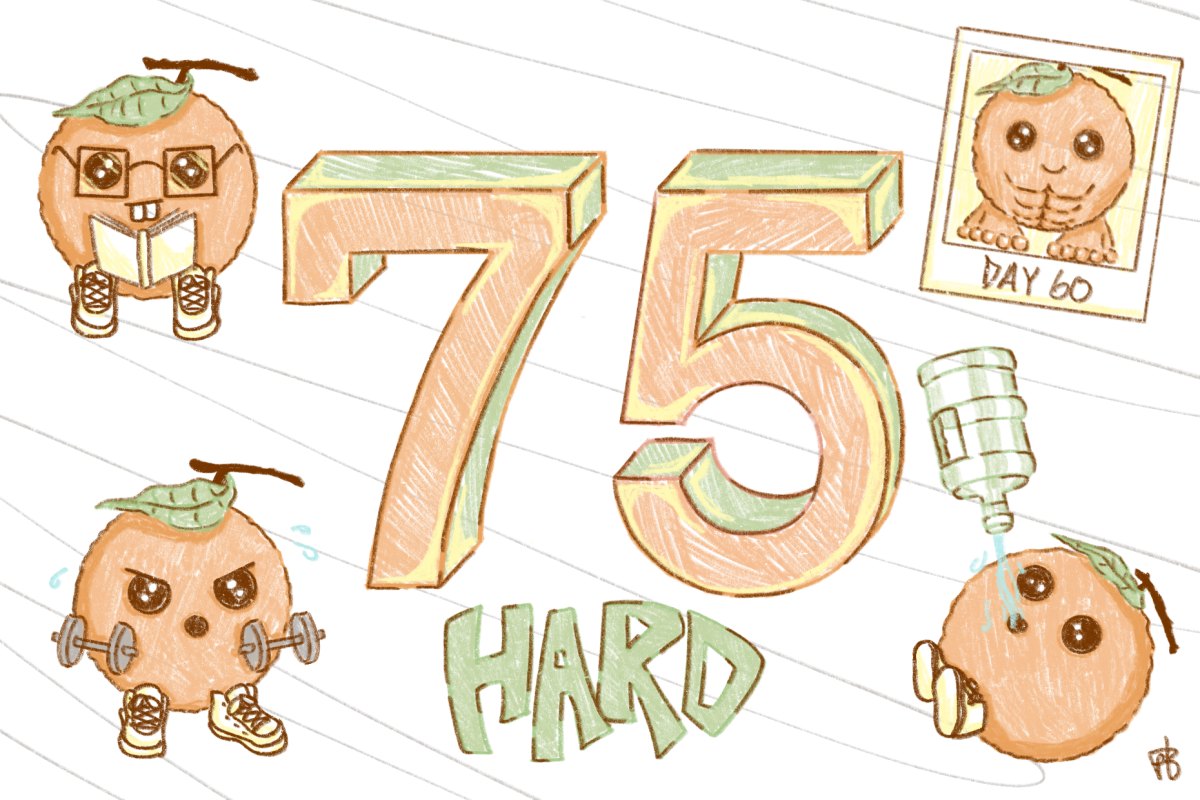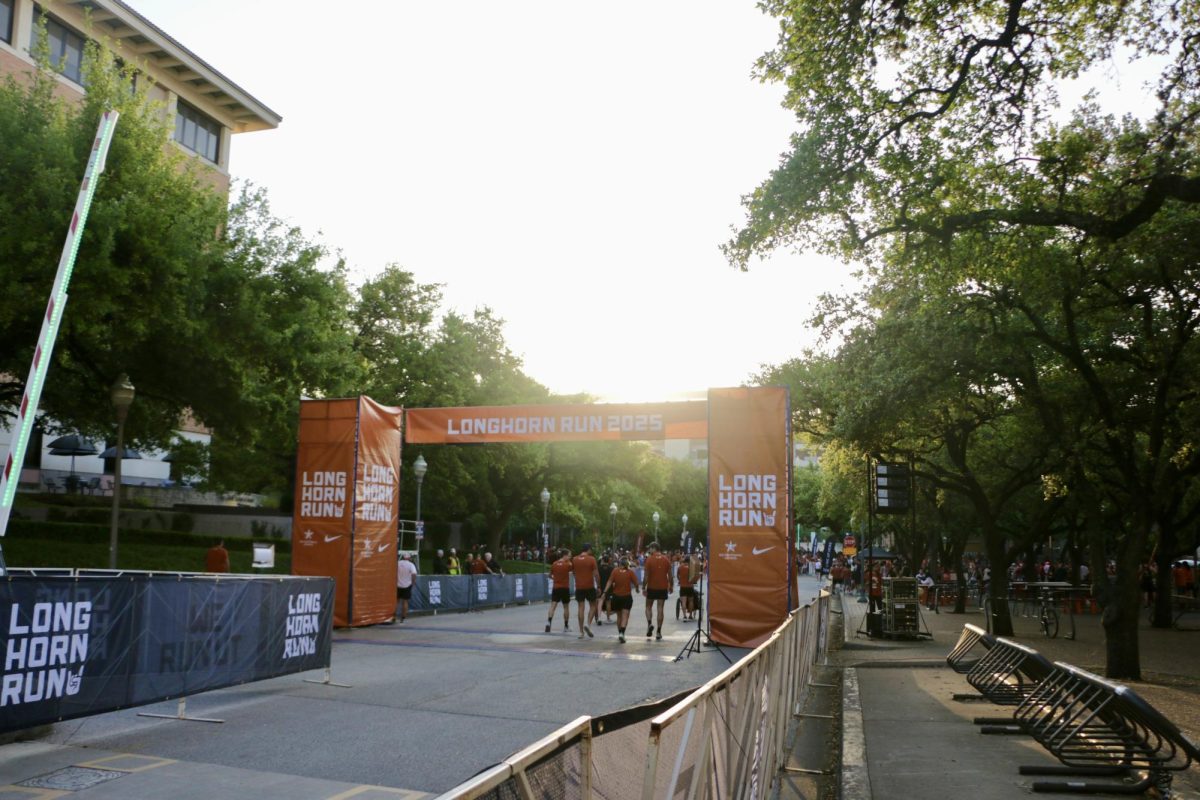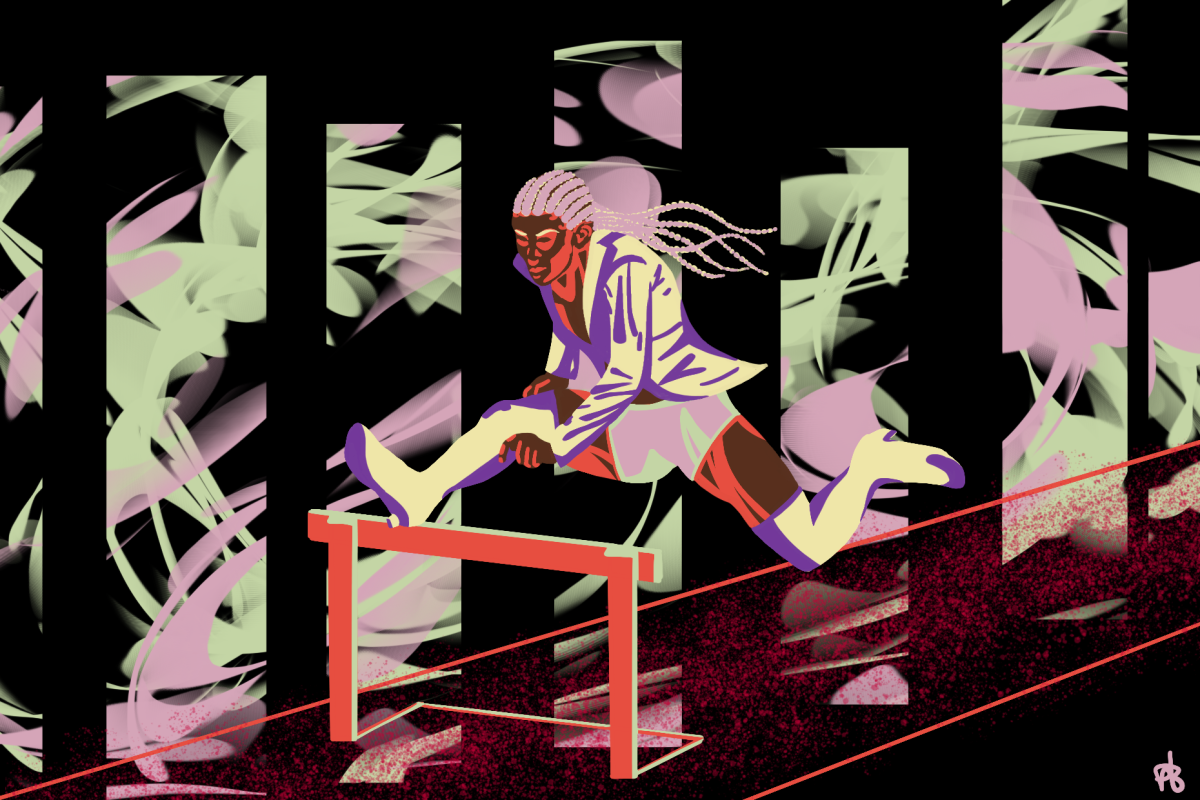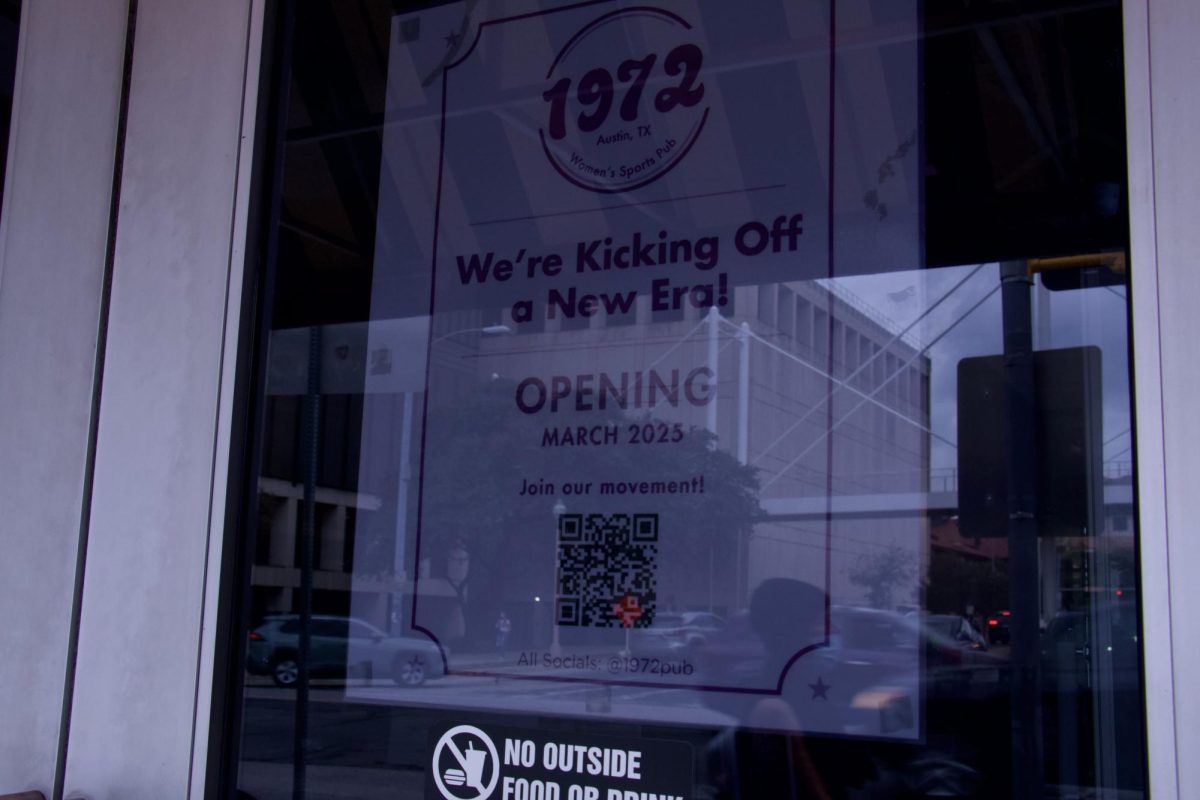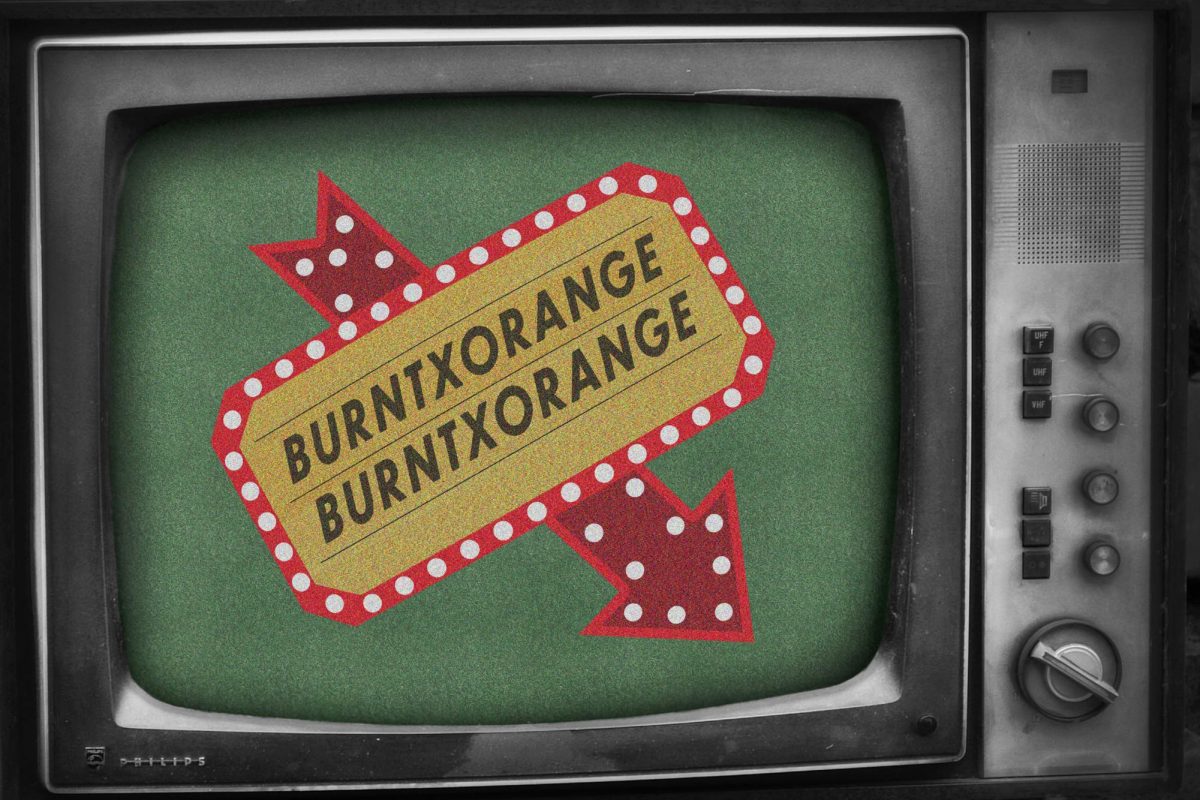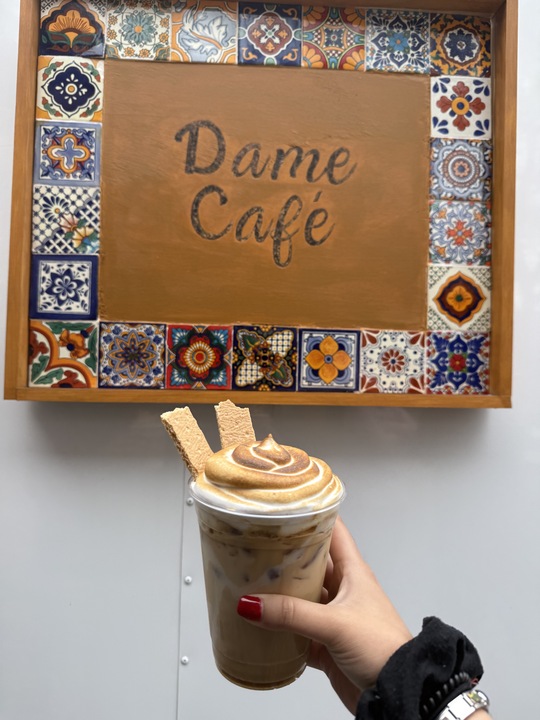All I wanted was to try a new food truck, but all I got was an empty courtyard and shuttered trailers.
I was hungry, and I wanted answers. I approached Muse Coffee, the only operating food truck in the San Gabriel and 24th Street park, and asked their barista about business in the area.
“Not very many people know about it,” said barista Jessa Lussier, referring to the food truck park. “There’s a good amount of foot traffic, but it’s still pretty unknown.”
Lussier, who uses they/them pronouns, emphasized the importance of patronizing businesses like Muse despite the lack of customers.
“When you’re buying from the trucks that are here, these are families,” they said. “You’re paying for the family’s bills. They’re all trying to figure out ways to get people in and let people know that we’re here. It’s a small community in itself.”
Wasn’t Austin supposed to have cornered the market on food trucks? Wasn’t West Campus the prime spot to set up shop? Why did there seem to be fewer and fewer varieties of food options where students live?
Valeria Martin, Assistant Director for Basic Needs and Terry Scholars at UT Outpost, the on-campus food pantry and clothing outlet, defines a food desert as an area with a “lack of consistent access to healthy and nutritious food for (an) active lifestyle.”
She said that a stronger presence of convenience stores and fast food options instead of grocery stores with fresh foods often characterizes food deserts..
“ Not that there isn’t any food period, but that it’s just not nutritious,” Martin said.
This definition eerily reflects the West Campus area. There’s a small Target on Guadalupe Street and a few convenience-like stores dotted around, but no large grocery stores within walking distance. The next best option is Wheatsville Co-op in North Campus, which is a 10-minute bus ride or a 20-minute walk from UT. The nearest H-E-B is a 10-15-minute drive or a 30-40-minute bus ride.
“ It does take some more planning, time and energy,” Martin said. “It can be more cumbersome for our students and not something that a student could just go and take care of those needs on a given day. Maybe they don’t have time to do that.”
Core issues with food deserts can easily be seen in West Campus. There aren’t many grocery stores, and they don’t have plentiful options. Additionally, the Target or Wheatsville and even the CVS tend to have higher prices that may not accommodate a student budget. Any stores further away, such as Whole Foods or Trader Joe’s, just aren’t feasible for students without cars and require planning grocery trips ahead. More reasonably priced or better stocked stores aren’t easy to get to without a car or reliance on sometimes unpredictable public transit.
A survey from Hope Impact Partnerships said that 41% of college students experienced food insecurity between 2023-2024.
“ Being food insecure does have a really big impact on someone’s ability to be a great student,” Martin said. “ It can be really difficult to excel or even meet bare minimum requirements when you’re worried about when your next meal is gonna come in.”
Martin said that without a consistent source of food or time in their schedules to plan an off-campus grocery trip, students can easily feel lethargic in classes or low-energy throughout the day.
Furthermore, students often work jobs to support the cost of living, including groceries. Martin said in nontraditional cases, and especially among grad students, students not only feed and provide for themselves but also for their children and family members. Scheduling grocery trips around work and school commitments is a challenge in itself, even more so when the student must go off campus for options.
To alleviate the issue, Martin implores students to make use of all the resources around them. Martin suggests UT Outpost and other local food banks, such as Central Texas Food Bank, as a solution for students.
“ There is a lot of stigma around food insecurity. I think it can be really difficult for a person to accept that they can’t meet their basic needs,” Martin said. “We have folks who may often have the mindset that somebody else may need it more than they do. Here at UT Outpost, we really try to let students know that it’s okay to come and visit us.”
What started as a lack of food trucks clued me into the lack of affordable and accessible food options in West Campus. While it’s unfortunate that I can’t just demand the nearest corporation or city council member to build a Trader Joe’s or H-E-B in West Campus, that doesn’t mean we as students can’t still have meaningful conversations about our not-so-subtle food desert and look for solutions.
Resources like the UT Outpost or local food banks can provide close-by solutions. Students can consider coordinating their grocery trips with friends to take the chore out of shopping or offer an easier commute to the nearest store.
“ Having peers be the ones to share (solutions) with each other really makes an impact,” Martin said.

